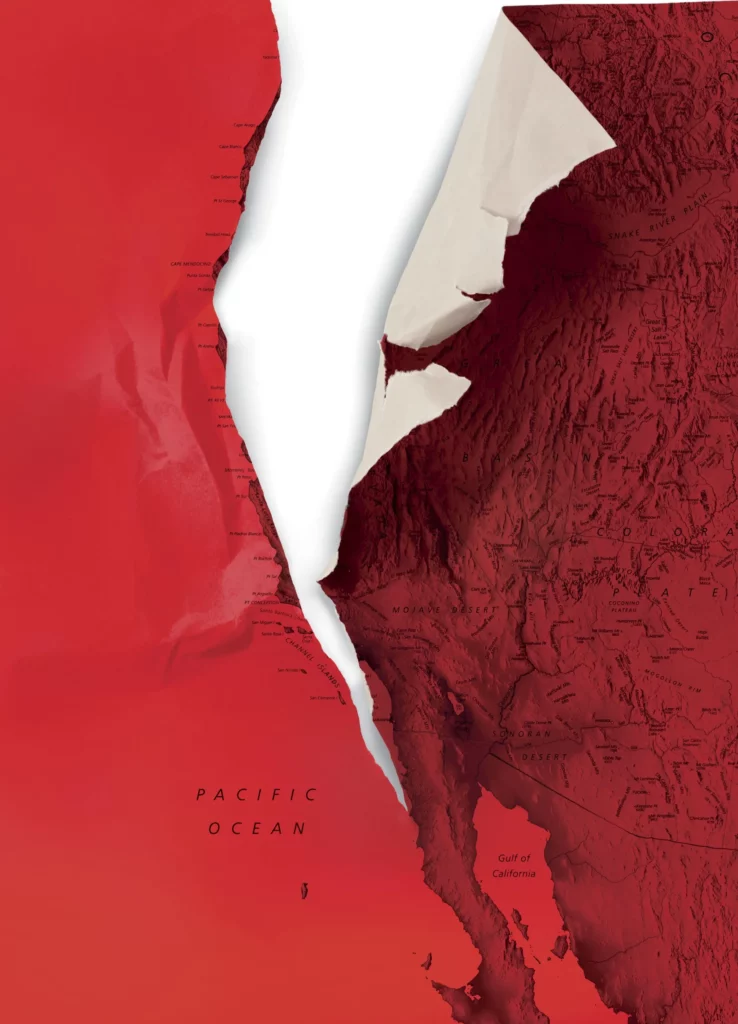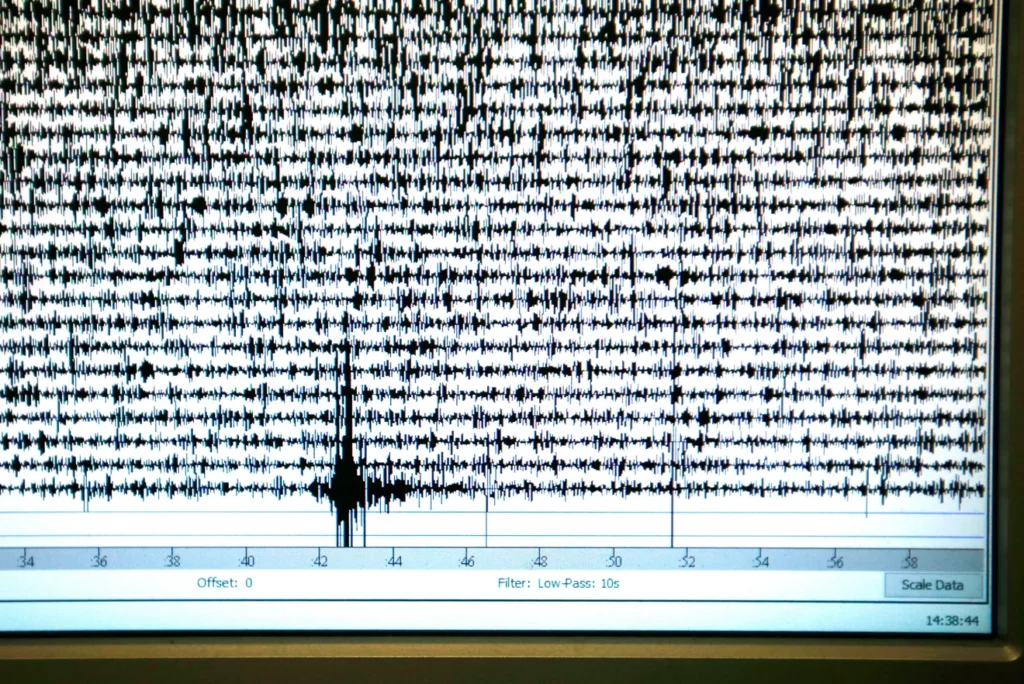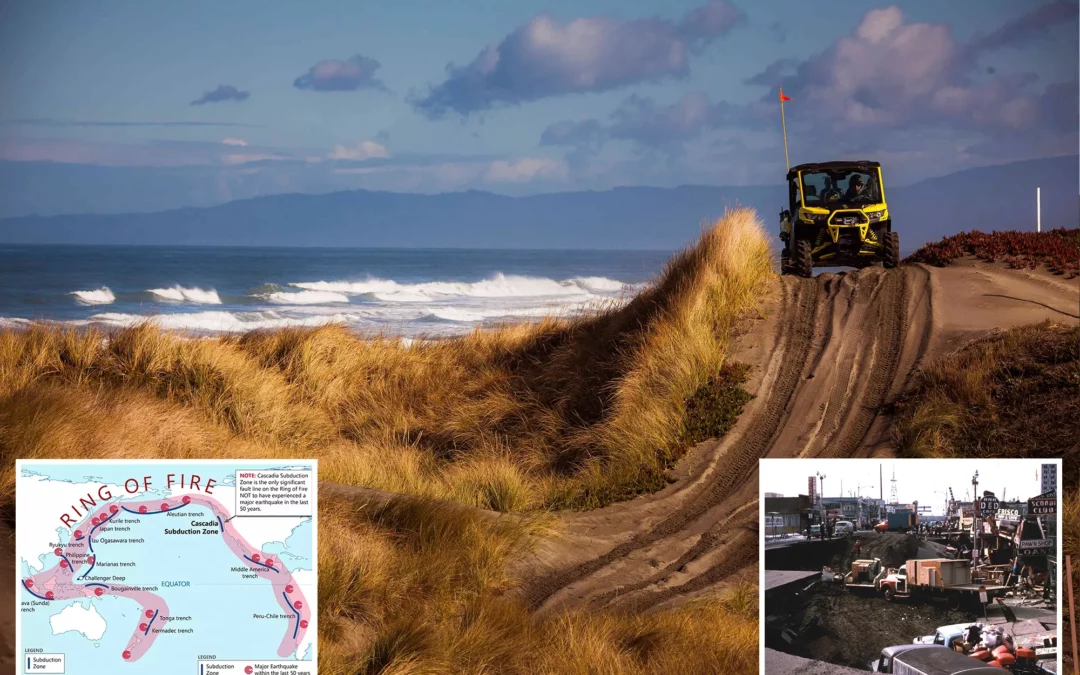The Pacific Northwest has seen a significant update to a nightmare scenario.
For a long time, scientists have warned that a section of the Oregon and Washington coasts might experience a very strong earthquake that could kill thousands of people, collapse vital bridges, ruin underwater communication cables, and cause a tsunami. “Could happen at any time,” a 2013 report said, describing the catastrophic scenario.
One issue in particular is highlighted in a recent paper released on April 28 by the Proceedings of the National Academy of Sciences: coastal terrain that swiftly declines, creating an almost immediate risk of flooding.
This process, known as “sudden coastal subsidence,” can occur just a few seconds after a strong earthquake. Researchers warned that the ground might sink six feet in some places. (An earlier study by the U.S. Geological Survey discovered that a similar scenario occurred during the 1964 Alaskan earthquake.)

“The next great Cascadia subduction zone earthquake could cause up to 2 m of sudden coastal subsidence along the Washington, Oregon, and northern California coasts, dramatically raising sea level, expanding floodplains, and increasing the flood risk to local communities,” researchers wrote, presenting a bleak picture of what might occur in the Pacific Northwest.
The paper emphasizes how the risk of earthquake-induced flooding would rise as a result of climate change.
The comparatively low likelihood of such a catastrophic event, however, may provide some solace to people accustomed to the ongoing fear of a huge earthquake: according to the study, there is a 15% chance of such an earthquake occurring over the next 50 years. (In the meantime, the USGS predicts that catastrophic earthquakes are more likely to occur in California.)
READ MORE: 3.9-Magnitude Earthquake Rocks L.A. On The Biggest Night In Hollywood
Massive earthquakes have long been a source of existential anguish for millions of people along the West Coast. But according to experts, there are practical steps people may take to get ready for a big calamity.

A flashlight and a means of charging your phone should be your first priorities. Additionally, you should expect to be without water or electricity for days or weeks at a time.
Here are some useful pointers:
- Text rather than call while attempting to use your phone. Text communications are more dependable and put less burden on cell networks during a disaster.
- You may purchase a weather radio, flashlight, and hand-cranked charger at a low cost to recharge your phone and keep it operational even if there is no electricity for days.
- Seismologist Lucy Jones once stated that having a cash reserve is a good idea. Even if your credit card is temporarily inoperable, you will still want to be able to make purchases.
- Life-saving measures include securing bookshelves. In the event of a major earthquake, downloading an early warning app can give you valuable time to defend yourself. Homeowners can be protected by purchasing earthquake insurance. Additionally, participating in an annual exercise might serve as a helpful reminder of additional simple preparation measures.
Step into the ultimate entertainment experience with Radiant TV! Movies, TV series, exclusive interviews, live events, music, and more—stream anytime, anywhere. Download now on various devices including iPhone, Android, smart TVs, Apple TV, Fire Stick, and more!


